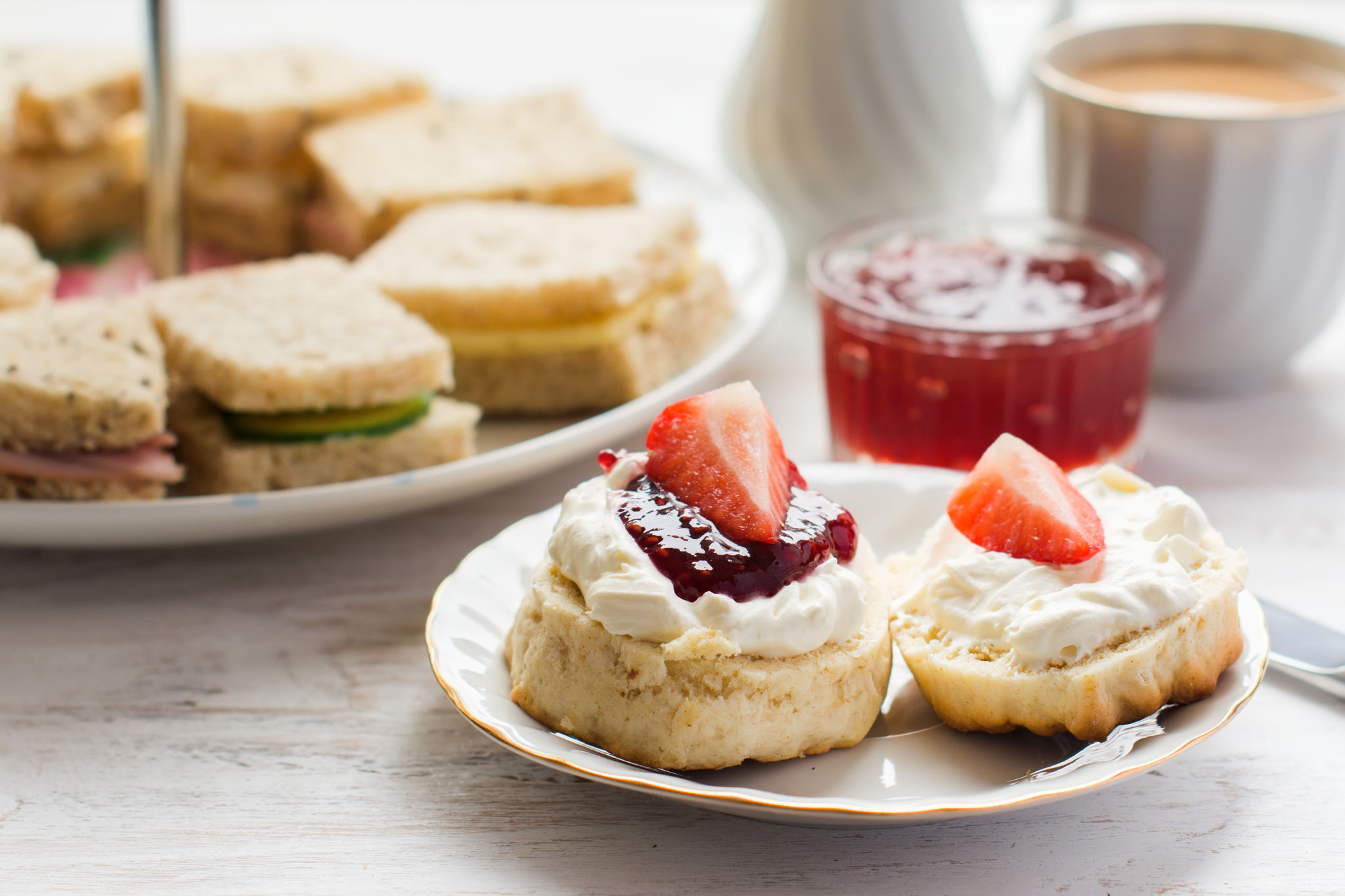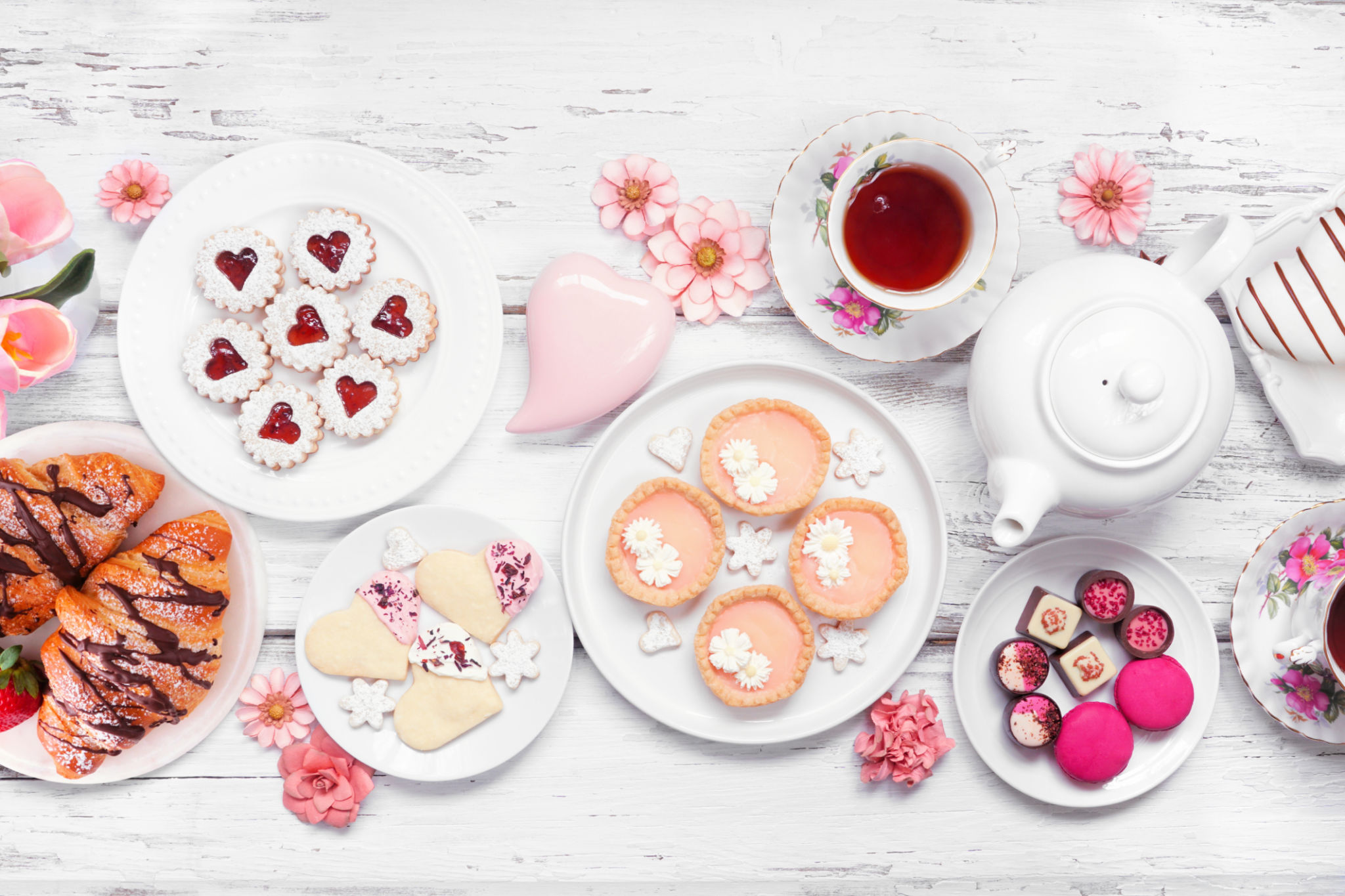Afternoon Tea vs. High Tea: Understanding the Differences
LK
A Brief History of Tea Traditions
Tea has been a beloved beverage for centuries, with different cultures developing their own unique traditions around it. In Britain, two distinct types of tea gatherings have evolved: Afternoon Tea and High Tea. While many people use these terms interchangeably, they actually refer to different events with unique customs and purposes.

Understanding Afternoon Tea
Afternoon Tea is a quintessentially British tradition that originated in the early 19th century. It was initially introduced by Anna, the Duchess of Bedford, as a way to stave off hunger during the long wait between lunch and dinner. This event typically occurs between 3:30 pm and 5:00 pm and is characterized by an elegant presentation and a light meal.
The Menu
The Afternoon Tea menu usually includes an assortment of delicate finger sandwiches, scones with clotted cream and jam, and a selection of pastries and cakes. The tea itself is often a high-quality black tea, such as Earl Grey or Darjeeling. The emphasis is on lightness and refinement, making it a leisurely affair.

What is High Tea?
High Tea, on the other hand, is a more substantial meal that gained popularity among the working class during the Industrial Revolution. Unlike Afternoon Tea, High Tea is typically served around 5:00 pm to 6:00 pm and acts as a replacement for dinner rather than a supplement.
The Menu
The High Tea menu is heartier and often includes savory dishes such as meat pies, baked beans, cold meats, and fish. It might also feature hearty bread and butter, along with strong black tea to accompany the meal. The name "High Tea" is derived from the high-backed chairs and tables used during the meal.

Key Differences
One of the primary differences between Afternoon Tea and High Tea lies in their purpose and timing. While Afternoon Tea is more about socializing in a relaxed setting with light refreshments, High Tea serves as a main meal for families after a day’s work. The setting also differs, with Afternoon Tea often being more formal and elegant compared to the casual atmosphere of High Tea.
- Timing: Afternoon Tea in the late afternoon, High Tea early evening.
- Purpose: Social gathering vs. main meal.
- Setting: Formal vs. casual.
The Modern-Day Appeal
Both Afternoon Tea and High Tea have seen a resurgence in popularity as more people seek to experience these classic traditions. Many hotels and restaurants now offer Afternoon Tea experiences, complete with themed menus and luxurious settings. High Tea is also gaining traction among those looking for a hearty yet relaxed dining experience.

Conclusion: Choosing Your Experience
Whether you prefer the elegance of Afternoon Tea or the heartiness of High Tea, both offer a unique glimpse into British culture. Understanding their differences allows you to choose the right experience based on your mood, appetite, and occasion. So next time you're planning an afternoon or evening gathering, consider which tea tradition suits your needs best.